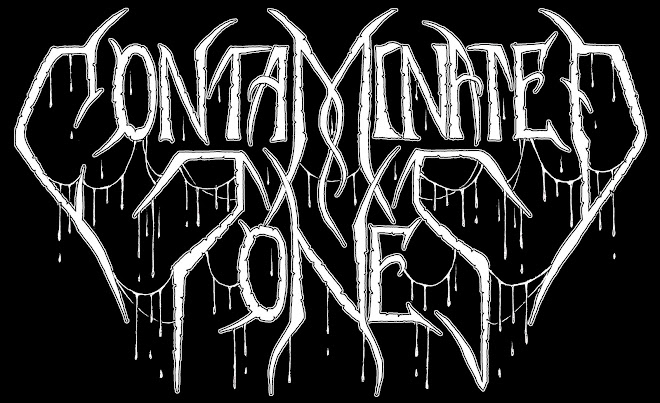Somewhere, somehow, a bootleg version of Sodom's 1994 VHS tape, Live in der Zeche Carl, ended up in my hands. There's something indiscriminate about the way in which collections and music hoarders such as myself go about their business of nonchalantly ingesting any interesting nugget of potential relevancy that we come across and then relegating it to a box or shelf or some place easily forgotten. When I picked up this bootleg, I do know it was before the popularization of Youtube and the imminent destruction of all that is obscure. It may have come my way back when I was a frequent poster on Zero Tolerance forum; when forums were the way in which obscure music was dredged from the depth at a semi-reasonable rate of speed, allowing a given number of aware readers a chance to listen, consider, discuss, and place the artifacts more appropriately into a given position. Live video in the late 80's and early 90's is the only visual documentation of these events and shows outside of pictures and so, bootlegs of hard to find and difficult to play material are incredibly valuable and worth saving in every circumstance, even if they are third-tier mementos.
Sodom's previous live video was 1988's Mortal Way of Live, documenting the classic Sodom lineup of Angelripper, Witch Hunter, and Blackfire tearing through material up to Persecution Mania. Mortal Way of Live highlights a twenty five-year old Angelripper with youthful confidence oozing out of his pores, a too-loud bass tone, and an at best awkward nonchalance; it's thrash to the bone and a key window into this era. Of the three major players in German Thrash, only Kreator would also disseminate a video tape within this general historical period though, releasing in 1990 only two years later, it was still a far different musical climate than 1988. Filmed equally professionally, however cut with black and white moments, carefully chosen cuts, and a better production, it had a more serious and cinematic quality, echoing the shift towards a more serious and mature late 80's / early 90's disposition. Venomisms and Motorhegemony are largely absent, one could say. So where then does Live in Der Zeche Carl fall aesthetically and professionally in all this?
Well, the first major implication of being a mid-90's Sodom release is Blackfire and Witch Hunter's replacement by Andy Brings and Atomic Steif (Guido Richter). We get guest appearances from the past members - including Blackfire on "Remember the Fallen" - but the show is largely the '94 lineup. The overall mix is more balanced than Mortal Way of Live with Brings being more audible than Blackfire and Richter's drumming slightly more subdued. The camerawork on the video is locked and loaded with interesting bulletpoints such as extreme closeups of Angelripper's nostrils from a microphone camera, odd punctuation pauses, and willy-nilly transitions. Where Kreator brought a polished professional aesthetic to framing, the same can not be said of Live... The camera angles and shots are not as crisp as Mortal Way of Live and the overall camera shots are often wild and frantic. The movement contrasts what I would describe as an average energy level. The crowd is practically stationary during some songs like "Jesus Screamer" and - somehow - during moments of "Tired and Red", my personal favorite from Agent Orange. The best reactions are for the classics, as would be expected.
It is easy to find highlights - Ausgebombt is one of these - but essentially what you are getting here is the 90's equivalent to a fan shot youtube live video today with better audio. I must point out that Angelripper's vocals are exceptional throughout the concert. Deep, powerful, raspy, and full of pent up pressure and intensity, words explode off his Westphalian lips like kernels being flicked off a table. One could point to his performance here as archetypal. I thoroughly enjoyed the shots of Richter in the middle of songs as his eyes go froggy and his expression transforms to sheer enjoyment only when he is going fast, as if speed is his happiness gas-pedal. I also appreciate the inclusion of errors and not overdubbing things like Brings' missed notes in the "Outbreak of Evil" solos. So there is a very genuine feeling to the presentation. The set list highlights the band's complete discography. Homage is once again given in the form of several cover songs, including "Iron Fist" which was the second track on the Mortal Way of Live video also. At an hour and a half, you won't feel ripped off, but a few songs could have been culled to make a less intimidating session. While this is not an entirely necessary video in the way Mortal Way of Live is historically, it is nonetheless an enjoyable video for Sodom fans and thrash fans generally.




















